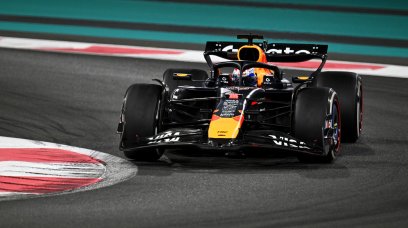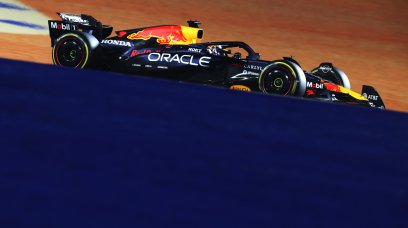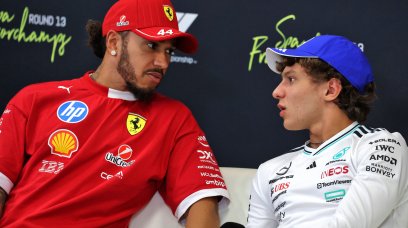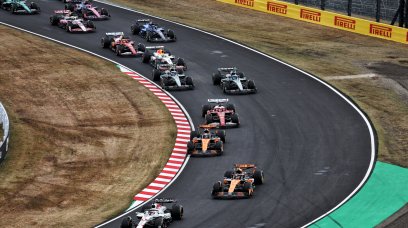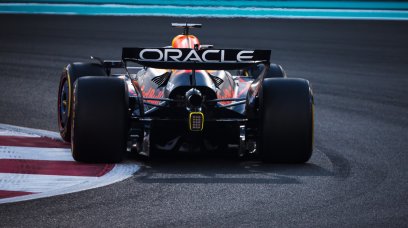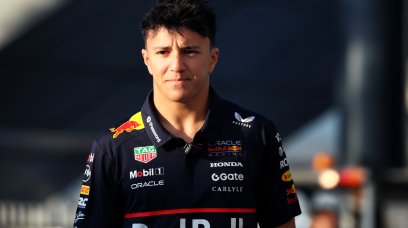McLaren Team Principal Andrea Stella says an unfortunately-timed Safety Car led to Lando Norris being fitted with Hard tyres instead of Soft compound rubber towards the end of the British Grand Prix. A Virtual Safety Car period was triggered on Lap 31 of 52 to clear Kevin Magnussen's stricken Haas, prompting many of the leading runners to pit for fresh rubber. At this point, Norris was in second place, some nine seconds behind Verstappen, and with victory seemingly out of reach, McLaren elected to fit a set of Hard tyres to Norris' car. However, the initial VSC period was soon upgraded to a full Safety Car deployment, meaning the nine-second gap between Verstappen and Norris would disappear, potentially allowing Norris to challenge the Red Bull for the win. At the time of the change from VSC to SC, however, Norris was almost approaching the pit lane, and Stella said it would have been too operationally difficult to make a sudden switch to Soft tyres after having committed to Hards. "Under the Virtual Safety Car, we were happy to go on Hard tyres because it wouldn't have been a problem in terms of warm up," Stella told media, including RacingNews365.com . "But then the Virtual Safety Car was converted into a Safety Car when we were pitting, and everything was [ready] at the pitstop to put Hard tyres on. A last-minute change to Soft would have been an operational problem. "If you have the pit crew ready with the Hard tyres, and you make a call for Soft tyres, it means that the guys that need to pick the tyres would have to rush in the garage, remove the blankets, and bring the tyres back. It can create quite a bit of a situation, and it could have delayed the pitstop."
Silverstone tyre warm-up easier than other circuits
Norris radioed his displeasure when he discovered that he was on Hard tyres and the cars around him were on Softs, and the Briton had to defend robustly from the Soft-shod Lewis Hamilton behind him, as the McLaren’s tyres took longer to get in their optimum operating window. However, Norris managed to endure that difficult period and successfully held off Hamilton to finish second, and Stella noted that Silverstone’s high-speed nature meant that tyre warm-up happened more quickly than at other circuits. “We thought that this is not one of those situations in which the hard tyres have a massive difference from a warm-up point of view to the soft,” said Stella. “If you can manage the first four corners, and then you go through corner nine, you start to generate a decent amount of temperature. So we kept the decision simple. “We didn't want to change the allocation of tyres at the pitstop because this could have meant a significant delay. And, accepting that it could have cost us at the restart maybe one position, that was the most sensible thing to do.”
Most read
